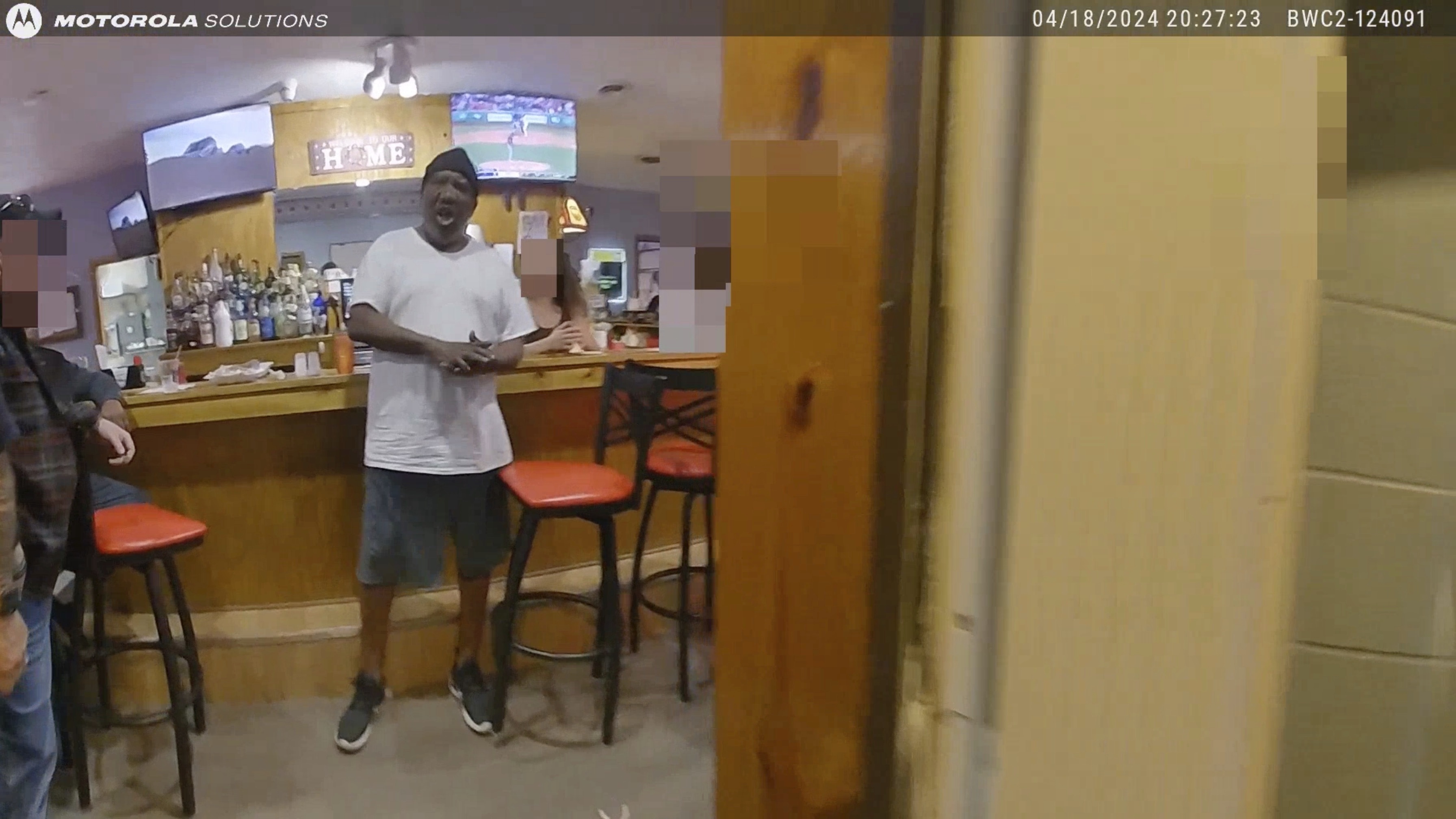In a remote area, deep within the mountains of Otay Mesa, the U.S.-Mexico border fence ends. U.S. Border Patrol agents took NBC 7 on a tour of this hot spot for illegal immigration.
More specifically, Marron Valley -- just nine and a half miles east of the Otay Mesa Port of Entry -- is where Border Patrol said most of the migrants apprehended in San Diego are caught.
“People try to cross through here illegally,” said Border Patrol agent Fabian Carbajal.
There is a gap in border fencing between Marron Valley and Tecate where Mexico is only a few steps away.
“On the Mexican side, we do have a nice, scenic road where I’ve personally seen, you know, people get dropped off,” Carbajal said. “Because it is open border, it’s easier to get through, and then, you know, they use guides to walk through trails and try to make it to the Highway 94 to get picked up.”
Border Patrol agents arrest roughly 170 migrants every day across the county.
U.S. & World
News from around the country and around the globe
Dozens of Border Patrol agents hike and explore the mountains on foot because access by car is limited. In the field, agents use sensors, active cameras, and radars connected to a tactical operation center back in Otay Mesa to track migrants.
“And some of these sensors are in remote areas so they’re in high peaks or low canyons, and we have to go and hike to these sensors to see if someone is on there or if it’s a false activation,” Carbajal told NBC 7.
Often times, the sensors capture animal movement or even small earthquakes, something Border Patrol agents said is lost time in the field.
“As we all know, technology, it ages, so money would have to be spent to update that technology,” said Border Patrol agent Justin Castrajol.
U.S. Customs and Border Protection requested $223 million from its 2019 fiscal budget to update its technological infrastructure, including getting a drone system.
“It’s just not active yet -- the drone. They’re still trying to figure out all the details,” Castrajol told NBC 7.
With updates in technology could come a “smart wall” of sorts – an electronic barrier that could detect illegal crossings and wouldn’t require a physical fence. Border Patrol said this would not prevent intrusions but simply detect the migrants to then make an arrest.
Castrajol said the border should be a “combination of everything.”
“If we had a primary wall -- they’ll jump over, they hit a sensor, and agents can get there before they turn back to Mexico,” Castrajol said. “We do need that primary wall, that physical barrier, to separate the United States from Mexico.”
Across San Diego’s 60-mile border with Mexico, roughly 77 percent is covered in some type of fencing or barrier.
For the 2019 fiscal year, Border Patrol agents have arrested more than 31,000 people in the San Diego area. This marks a record high since 2006.
Telemundo 20 first reported on this tour with Melissa Sandoval.



